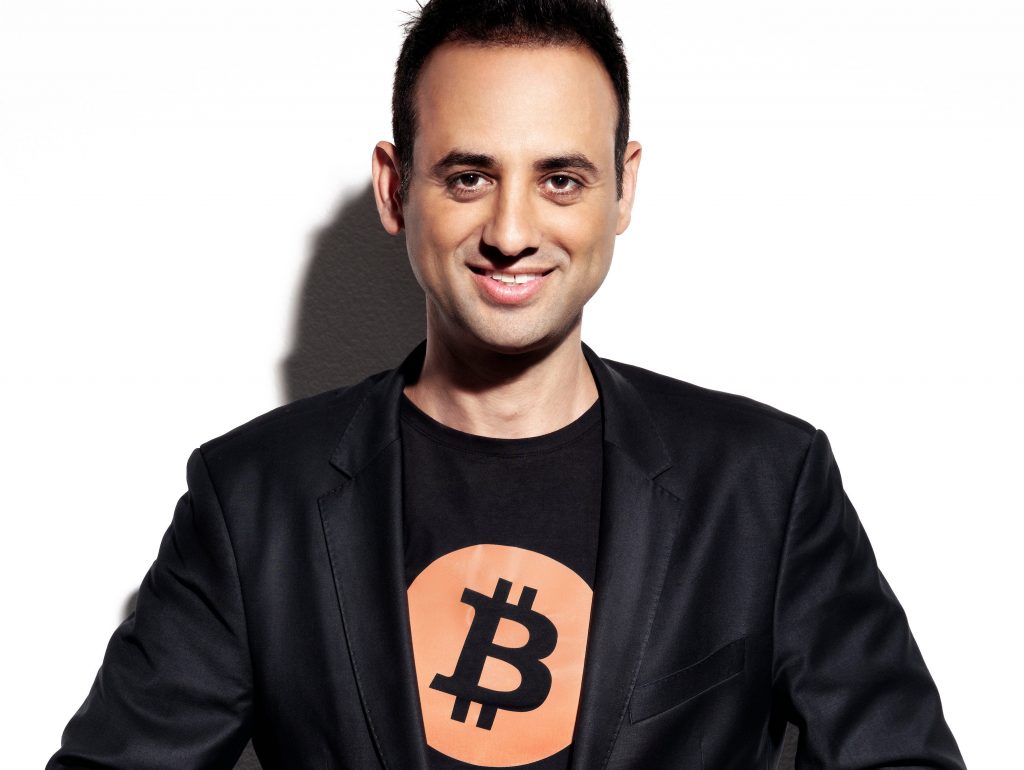- Ran Neuner has experienced steep gains and losses since he started investing in bitcoin in 2014.
- He splits his portfolio based on risk level, with the majority of his holdings in strong cryptos.
- He allocates a small portion to cryptos he thinks could explode in value but could also go to zero.
Early-stage investing has its risks but also its rewards. Matthew Le Merle, the cofounder of a crypto venture capital fund, estimates that about 60% of traditional VC firms fail, while a mere 10% go on to do really well.
Hitting a potential jackpot also means being ready to take a lot of losses, something individual investors aren’t always ready or willing to do. The crypto market is particularly volatile, and swift wipeouts could send many new projects packing. From May 18-19 alone, the crypto market lost $460 billion in market cap after ether and other altcoins plunged with bitcoin, according to Coindesk.
Ran Neuner is no stranger to crypto profits and losses. He told Insider that 2017 was a year when he experienced the most wealth from investing in bitcoin, but he had much less to show for it after the market plunged in 2018.
He started his career off in marketing as the founder of The Creative Counsel, a South African advertising agency. He was introduced to bitcoin in 2014 after hitting numerous roadblocks while trying to promote one of his clients, M-Pesa, which offered peer-to-peer money transfer across Africa using fiat.
"I realized all the battles we were fighting were against government centralization and regulation. And when I saw bitcoin, I thought, wow, hold on, this is exactly what M-Pesa is, but it's just decentralized. And that's when I went all-in on bitcoin," Neuner told Insider.
Since then, he's learned to build a diversified portfolio that integrates solid and time-proven cryptocurrencies along with new and speculative ones. He previously helped others do the same as the host of "Crypto Trader," a CNBC Africa show, and still does on his YouTube channel called Crypto Banter.
He doesn't gamble his gains away. Neuner said he follows a strict three-bucket process that allows him to separate his holdings based on the risk level he perceives each crypto holds.
He shared with Insider how he divides his portfolio and what he holds in each section.
The 3-bucket breakdown
The biggest chunk of his portfolio - 50% of his holdings - sit in what he refers to as his HODL bucket, an acronym which is a misspelling taken to also mean "holding on for dear life".
This section is a one-way road, which means anything that goes in doesn't come out since Neuner has no foreseeable plans to sell these cryptocurrencies. This is because they have achieved or have a high probability of achieving network effects, which means the platforms are likely to gain value as more people use them.
There are five cryptocurrencies that make up this bucket:
- Bitcoin (BTC) - 50%
- Ethereum (ETH) - 35 %
- Chainlink (LINK), polkadot (DOT), and cardano (ADA) account for the remaining 15%.
The second-largest bucket which accounts for about 35% to 40% of his holdings sits in what he refers to as "network effect gems". These are cryptos that are tied to protocols that Neuner says have unique technologies and are already getting traction in their respective categories.
Neuner follows the assumption that most users or developers will flock to the most populated nodes or protocols, so he'll pick a project he believes will be a "winner" and possibly a runner-up in each category that represents a specific use-case.
But he notes that these bets are slightly riskier because even though they show promising leadership in their verticals, they aren't yet a sure thing.
Arweave (AR) is one example that makes the second-tier cut. This blockchain is the only player in permanent distributed file storage that is getting huge traction, Neuner said. It's capable of storing data forever and unlike platforms such as Amazon Web Services or Microsoft cloud that charge per GB per month, it has a one-time payment, he adds.
Finally, Neuner points out that Arweave is also backed by strong venture capital firms such as A16z. While other strong blockchains such as Solana and Polkadot have opted to store data on it.
Additional altcoins in this category are:
- Terra (LUNA)
- Uniswap (UNI)
- Thorchain (RUNE)
- Polygon (MATIC)
- Binance (BNB)
- Solana (SOL)
- Celsius (CEL)
The final and smallest bucket only makes up about 10% to 15% of his portfolio because they are the riskiest. His strategy for this category involves making many small bets that, if successful, could really explode, Neuner said.
"With these types of speculative projects it's usually binary. They will either go to zero or they will succeed and then their values go to over 100 times to what their value is today,"
One example is Ethereum Push Notification Service (PUSH). Neuner likes the use case for this platform because it has built an alerts protocol for blockchains. This would allow users to receive an alert when there's a withdrawal, deposit, or even a potential hack.
Neuner believes this feature is a basic and critical requirement for blockchain usability for end-users and institutions. And with a low market cap of under $10 million, it could grow hundredfold in price, he says. PUSH was last trading at $1.33 as of Wednesday afternoon, according to CoinMarketCap, down 84% from its all-time high in mid-April of $8.46.
Reuner said he isn't concerned about the price drop because the entire market had a very large correction and most of these projects haven't even started their disruption.
Additional altcoins in this bucket that Neuner believes could explode in value are:
- Quickswap (QUICK)
- Dfyn Network (DFYN)
- Superfarm (SUPER)
- Render Token (RNDR)

